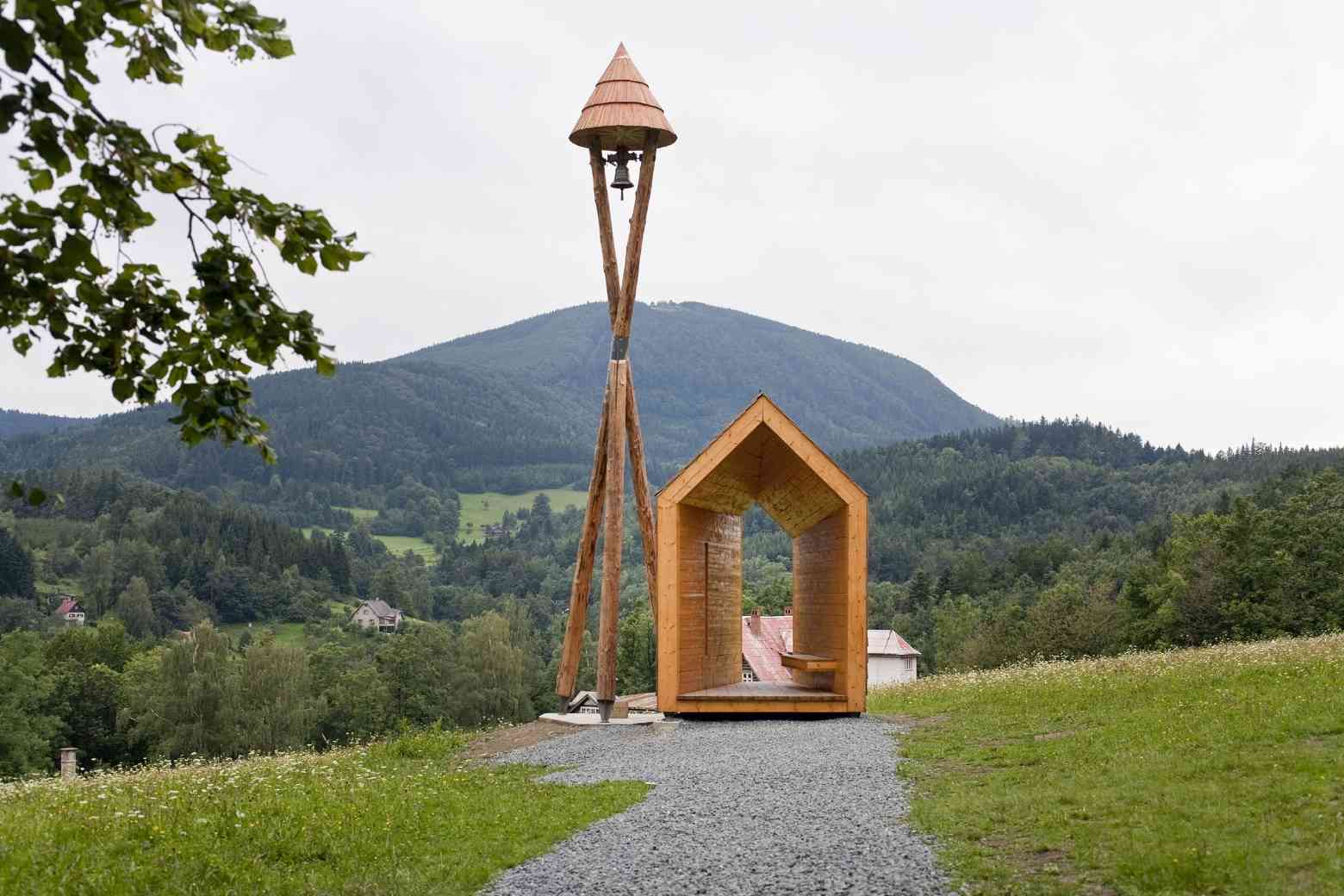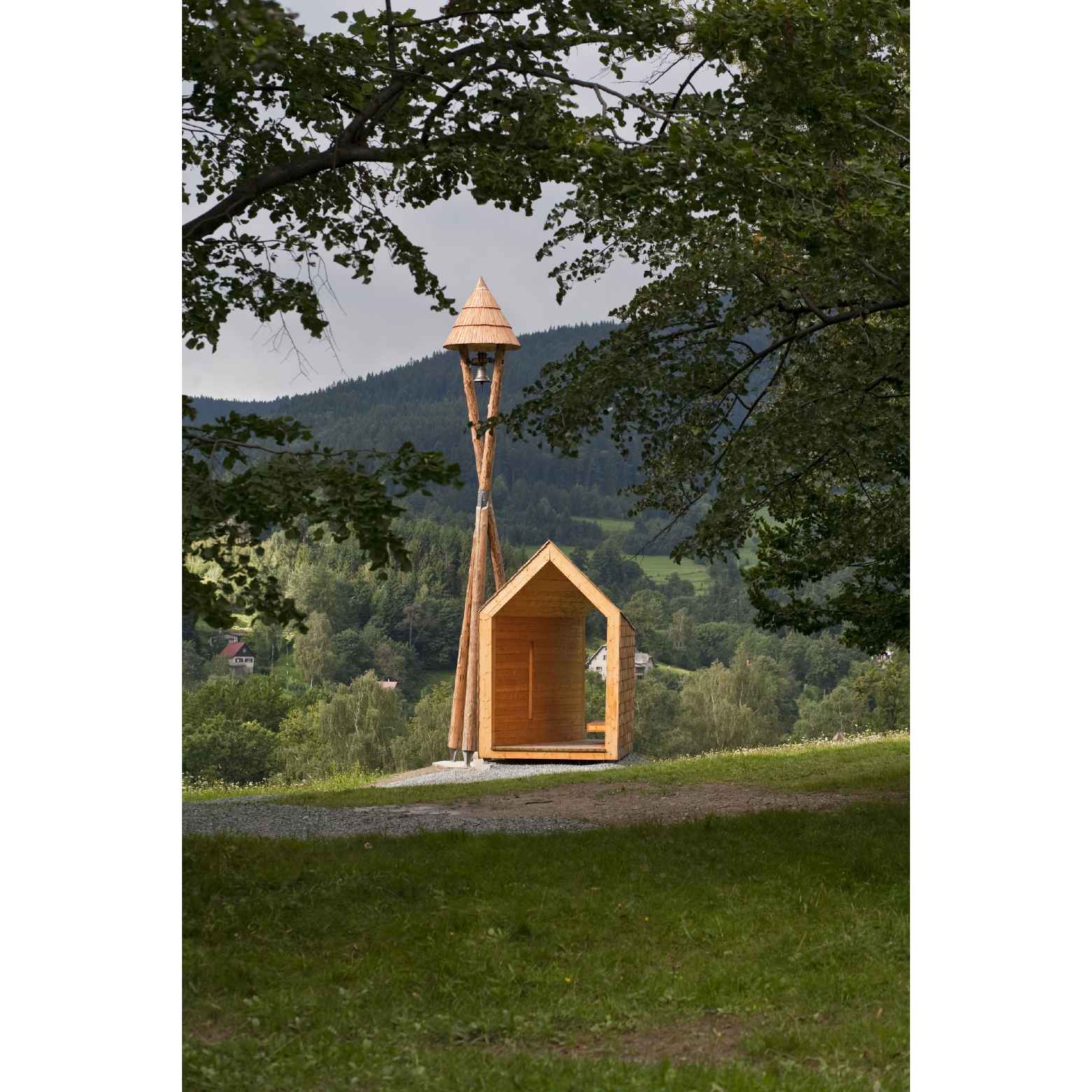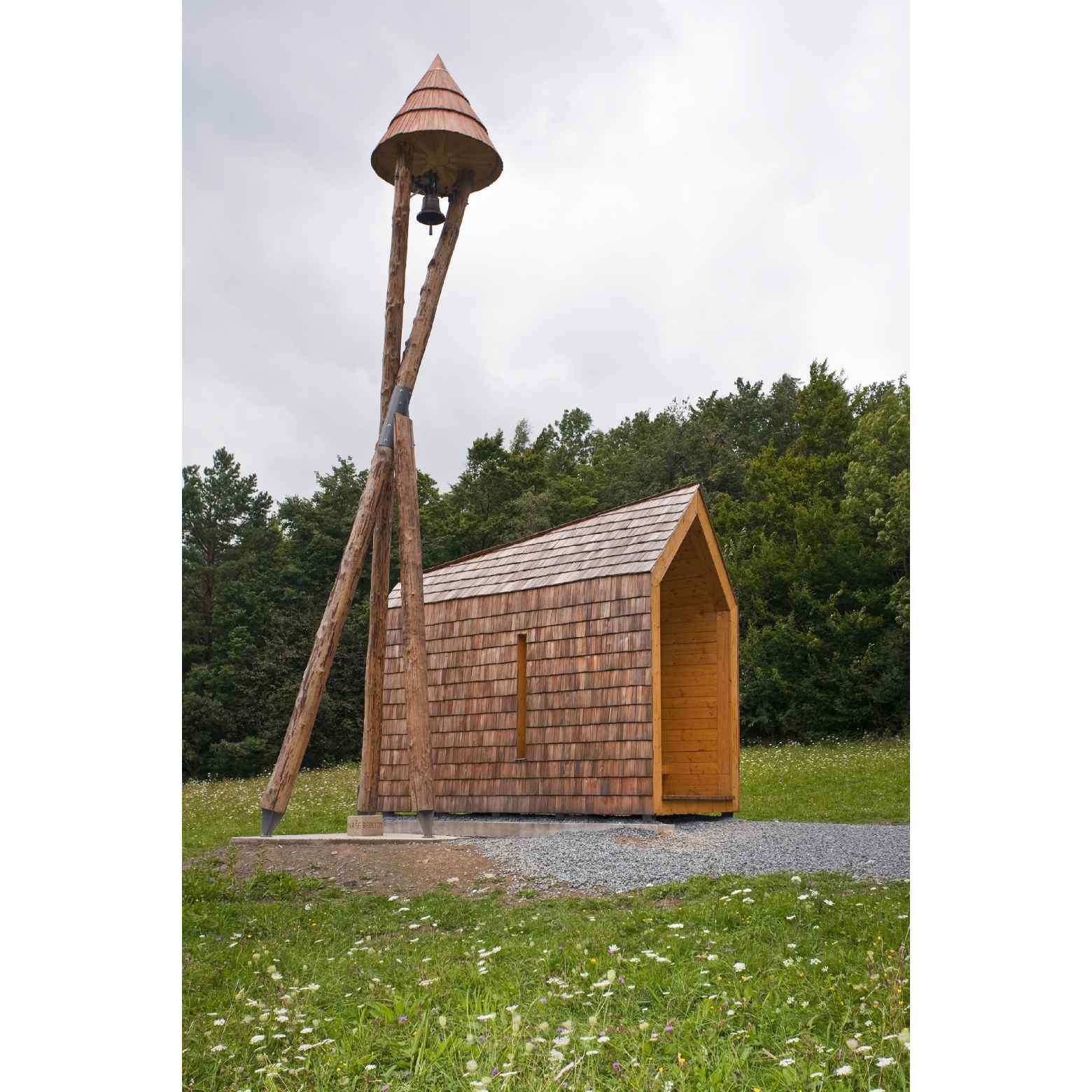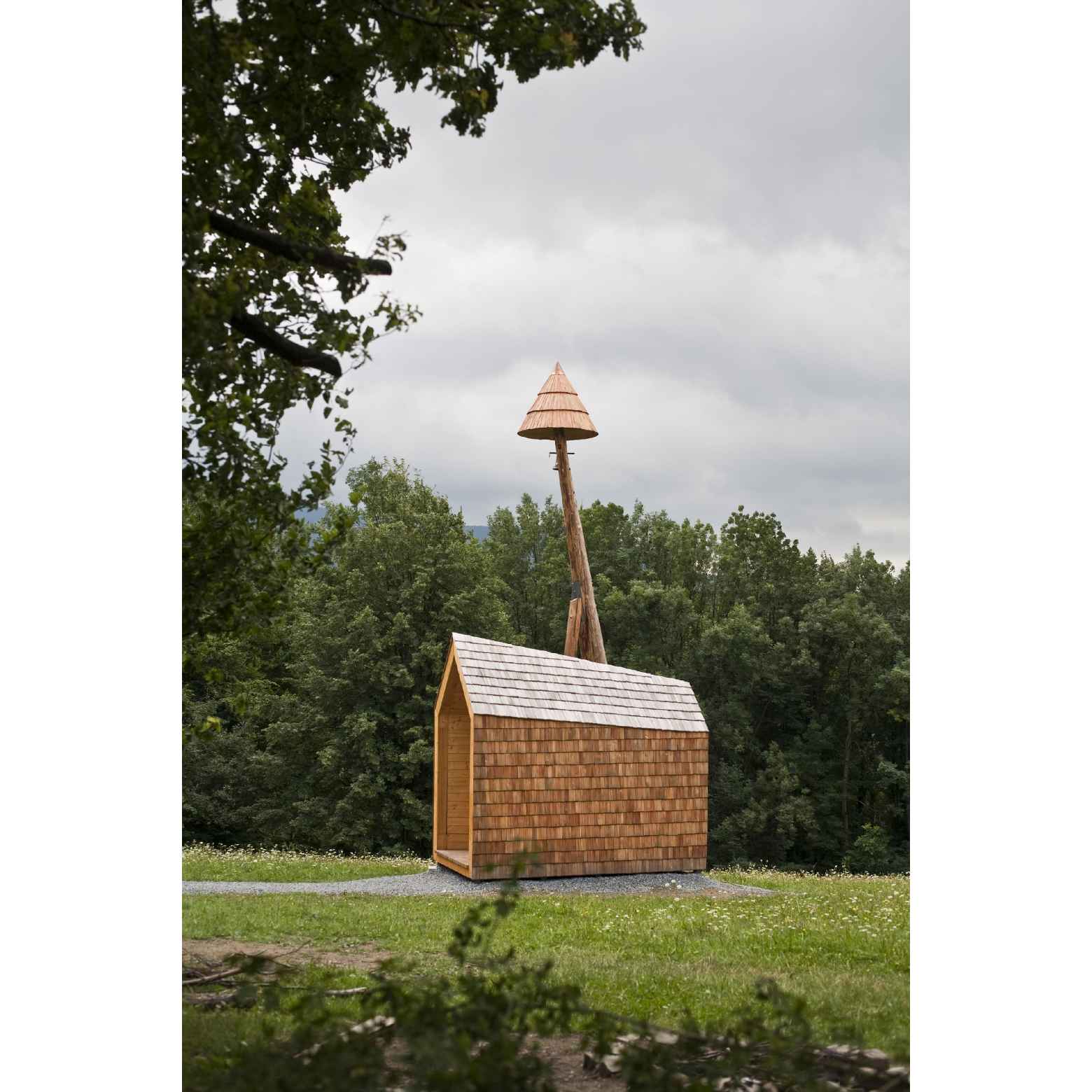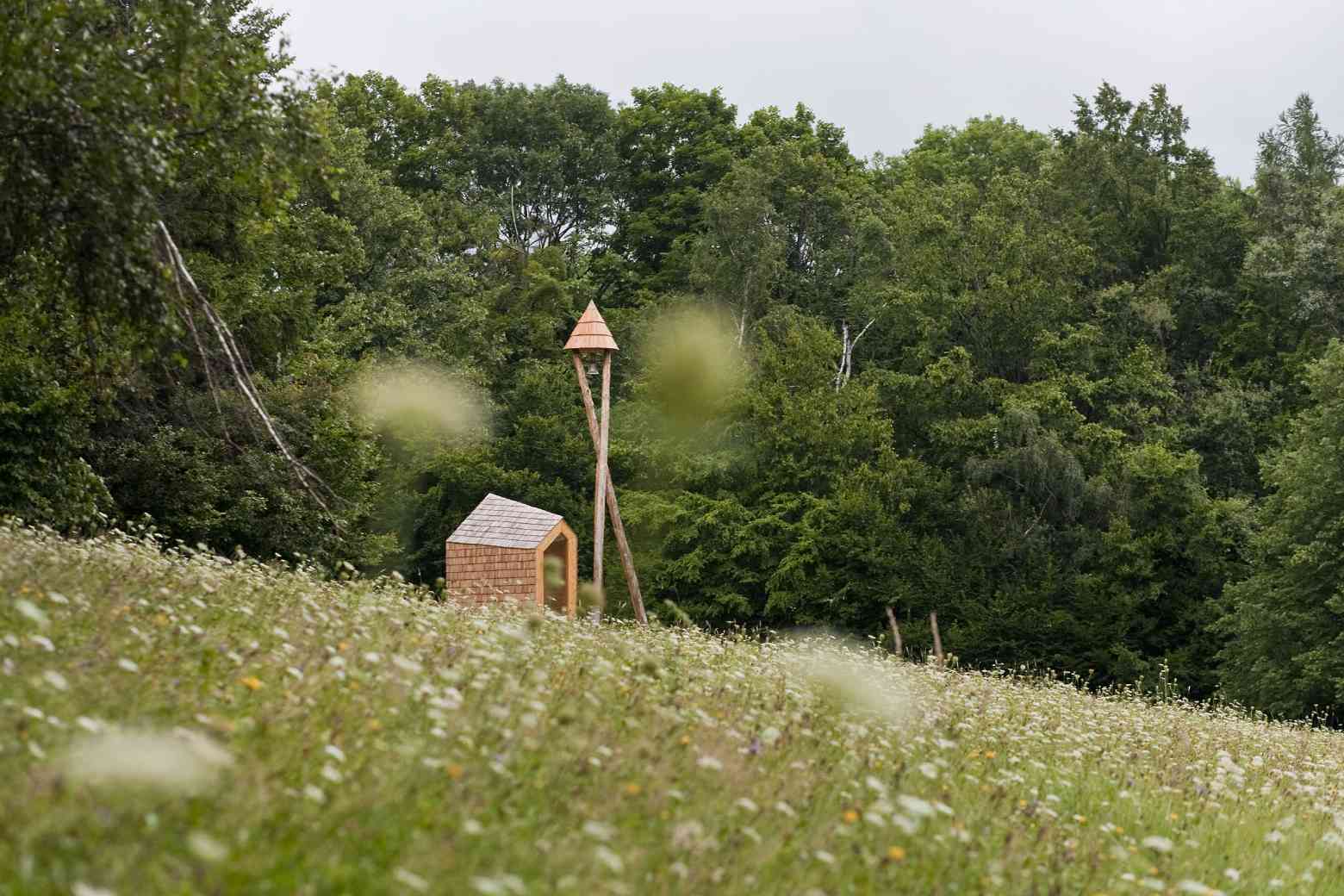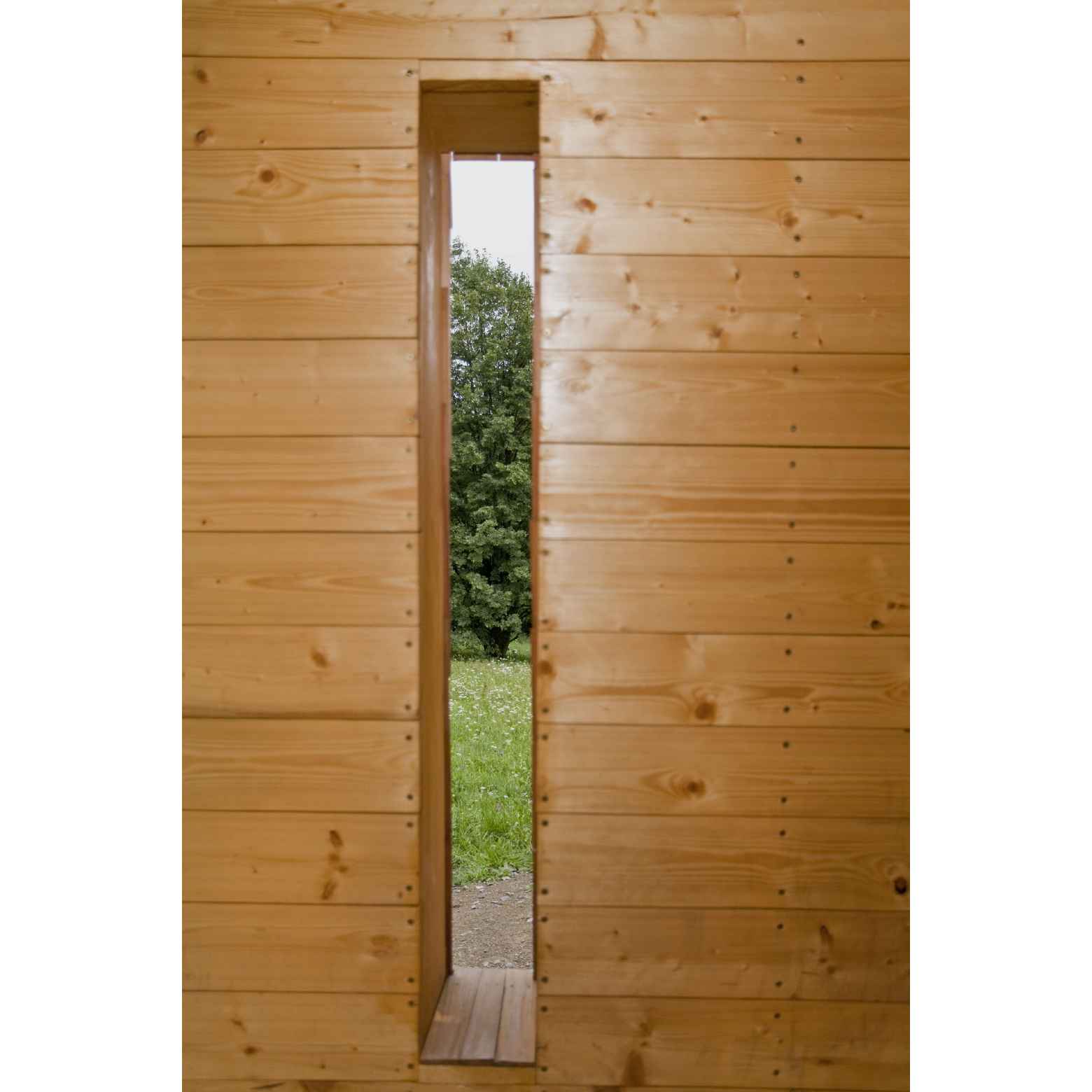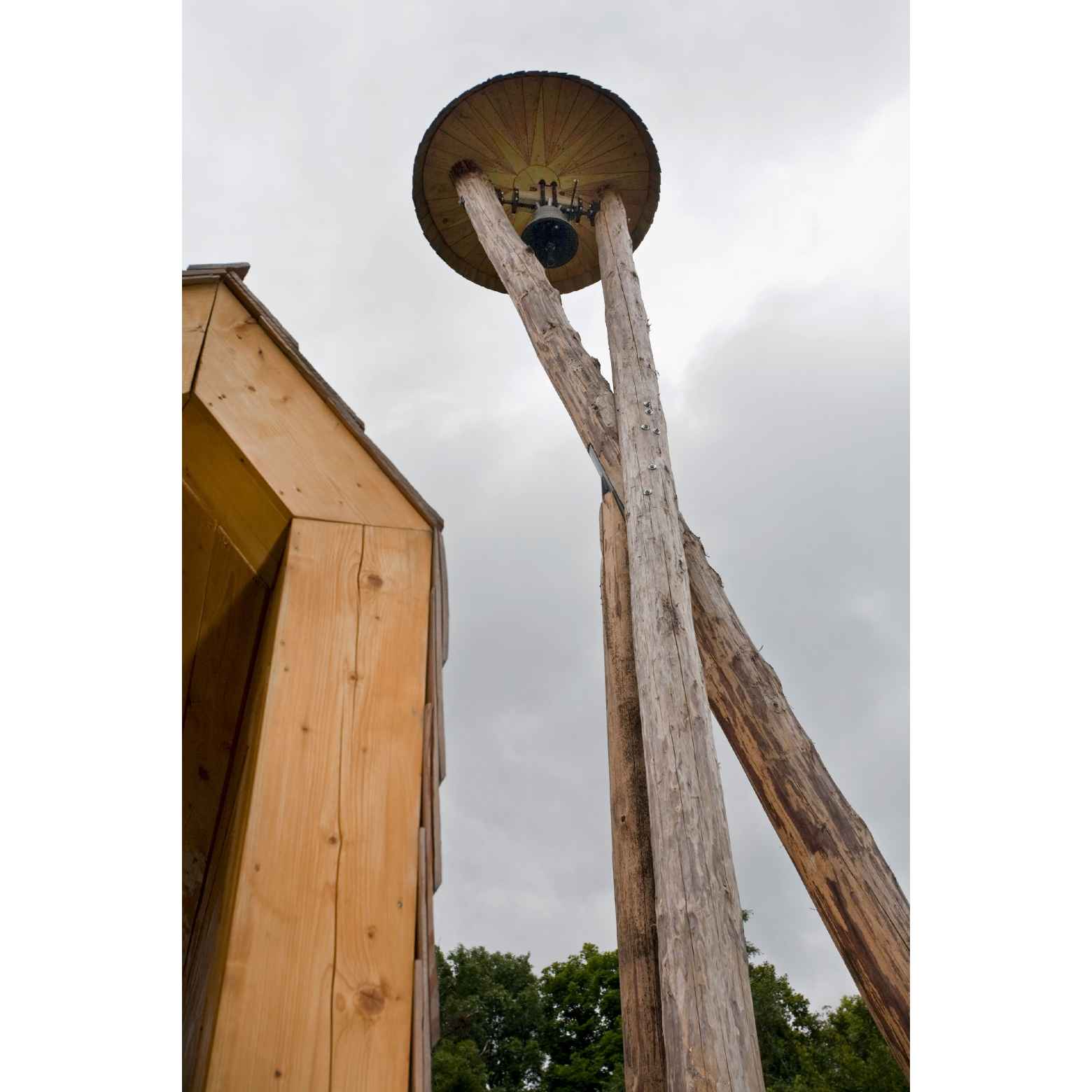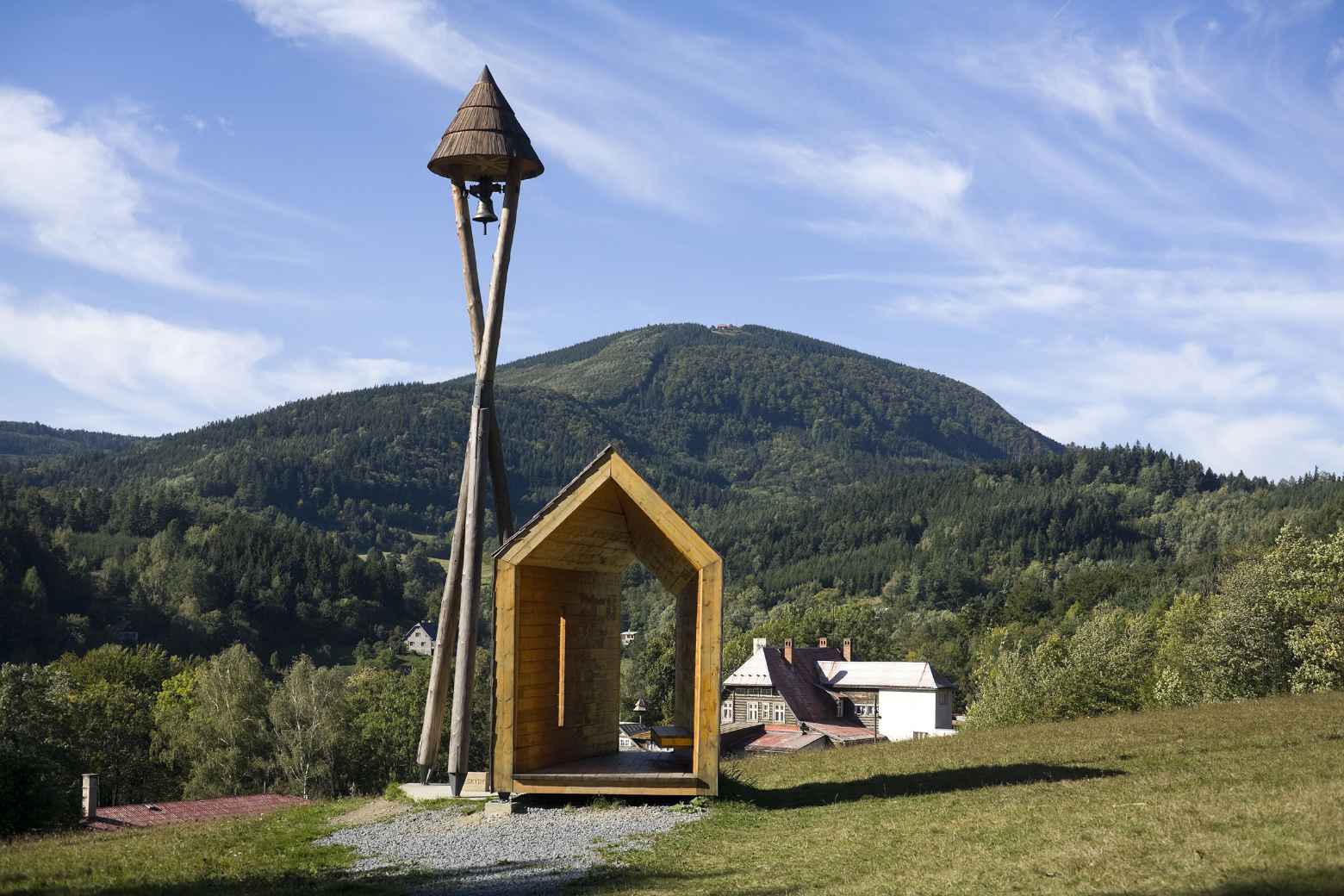„Kdo hory mé haní, jako by mne haněl, kdo hory mé chrání, jak by se mi klaněl.“
Citát Josefa Kaluse vyrytý na zvonu
V Beskydech, podobně jako i v jiných regionech, se v dávných dobách stavěly zvoničky. Jejich zvonění odměřovalo denní dobu, svolávalo k modlitbě a varovalo před nebezpečím. Dnes už většina z nich tiše stojí a již jen coby turistické atrakce podávají svědectví o někdejším způsobu života a řemeslné zručnosti svých stavitelů. Jejich původní účel už jakoby v dnešní uspěchané době neměl své opodstatnění.
Občanské sdružení Naše Beskydy již řadu let bojuje proti něčemu, co na první pohled vypadá jako něco stěží představitelného – otevření několika černouhelných dolů přímo v srdci moravskoslezských Beskyd. Tento nápad vznikl v době normalizace, nicméně nebylo od něj upuštěno ani po revoluci; naopak, v poslední době byla v tichosti podniknuta řada kroků k započetí těžby. Záměr je natolik reálný, že by se měl v Beskydech opět ozvat varovný zvon. Proto nás sdružení Naše Beskydy v létě roku 2009 požádalo o návrh nové zvoničky.
Cílem bylo vybudovat stavbu, která bude symbolizovat odhodlání zdejších lidí nedopustit přírodní a kulturní devastaci svého regionu. Zvoničku, která bude jasně vyjadřovat dobu svého vzniku, nicméně zároveň bude poukazovat na místní tradici. A v neposlední řadě vytvořit místo, na kterém by se člověk mohl zastavit a tiše rozjímat nejen nad krásou okolních hor.
Pro stavbu zvoničky bylo záměrně vybráno místo v unikátní lokalitě Horečky na pomezí obce Trojanovice a města Frenštát pod Radhoštěm. V nedalekém hostinci Rekovice se narodil Antonín Bača Horečka, který se nejvíc zasloužil o vznik obce Trojanovice a její samosprávu v roce 1748.
Zvonička sestává ze dvou objektů. Samotnou zvonici tvoří trojnožka, která připomíná místní zvonice z dob, kdy ještě nebyly integrovány do kapličky. Doplňuje jí mírně asymetrický objekt s tradiční siluetou domu se sedlovou střechou, jenž se otevírá směrem k cestě vedoucí kolem nedalekého hostince. Kolemjdoucí jsou tak zváni ke vstoupení dovnitř, zastavení a vychutnání si průhledu na kopec Velký Javorník nebo na strom, stojící na pomyslné spojnici zvoničky a černouhelných těžebních věží ve Frenštátě p. R.
Konstrukci tvoří pětice dřevěných rámu opláštěných zevnitř dřevěnými deskami a zvenku tradičním šindelem. Je smutným paradoxem, že jsme při návrhu zvoničky museli přihlížet ke skutečnosti, že bude stát na potenciálně poddolovaném území.
V tuto chvíli je zvon rozhoupáván táhlem, které je na zvoničku instalováno jen při slavnostních příležitostech. V budoucnu bude instalováno elektrické zvonící zařízení, které, za symbolický poplatek, umožní komukoliv zazvonit dolům v Beskydech umíráček. Zároveň se chystá úprava bezprostředního okolí.
Zvonička vznikla díky podpoře celé řady okolních obcí (jejichž jména jsou vyryta do zvonu), sdružení, organizací, firem i jednotlivců. Základní kámen byl slavnostně poklepán ministrem životního prostředí Janem Dusíkem v únoru 2010 a na stavbě se v dubnu a květnu podílely desítky dobrovolníků. Zvonička byla „otevřena“ a požehnána 15. května 2010 u příležitosti 3. výročí uzamčení země Valašské na 100 roků.
As in other regions, the Beskydy Mountain region once had many bell towers. The ringing bells measured the time of day, gathered people to prayer, and warned the townsfolk of danger. Nowadays, most of the bells are silent – tourist attractions functioning as a testament to the former lifestyle and craftsmanship of their constructors.
For many years, the Naše Beskydy civic association has been fighting against something that initially seems almost unimaginable: the opening of several bituminous coal mines in the heart of the Moravian-Silesian Beskydy Mountains. The idea originated during the times of “normalization” [the re-establishment of Communist rule in Czechoslovakia after 1968], but it was not abandoned, even after the revolution in November 1989. On the contrary, several steps have recently been quietly taken to begin mining. The plan is so close to implementation that a warning bell should start ringing once again in the Beskydy Mountains. For this reason, in summer 2009, the Naše Beskydy civic association asked us to design a new bell tower.
The goal was to build a structure that would symbolize the commitment of local people to protect the nature and culture of their region from devastation: a little bell tower that would be a clear expression of the time of its origin and a simultaneous reference to the local tradition, a spot where one could rest and contemplate silently the beauty of the surrounding mountains and beyond. It was also one of the first steps taken in the gradual revitalization of the Horečky area.
The bell tower comprises two constructions. The bell tower itself is a tripod resembling local bell towers from the times before they were integrated into the chapel structure. It is supplemented with a slightly asymmetrical construction, with the traditional silhouette of a house, with a gable roof opening towards the road leading around the nearby pub. Passers-by are invited to enter, pause, and enjoy the view of the hill of Velký Javorník or the tree standing on the imaginary connecting line between the bell tower and the existing mine head frames. The structure of the bell tower construction comprises five timber frames clad with wooden boards inside and traditional shingles outside. It is a sad paradox that, in designing the bell tower, its potential location on an undermined area had to be taken into account.
Today, the bell is set in motion by means of a draw rod that is installed in the bell tower on festive occasions. An electrical device will be installed there in the future so that it will be possible to ring the death knell for the mines in the Beskydy Mountains at any time. Landscaping works are also planned for the immediate vicinity of the construction.
The bell tower came into existence thanks to the support of many surrounding municipalities, the names of which have been inscribed in the bell. Many civic associations, organisations, companies, and individuals also made contributions. The Minister of the Environment, Jan Dusík, ceremoniously tapped in the foundation stone in February 2010. Dozens of volunteers participated in the construction. The little bell tower was “opened” and blessed on 15 May 2010 on the third anniversary of the beginning of the Moravian-Wallachia region’s symbolic 100-year lockout of the mines.
Architektonická studie a projekt 2009, realizace 2010
Lokalita: Trojanovice, Horečky
Iniciátor: občanské sdružení Naše Beskydy
Autor: Kamil Mrva, Martin Rosa
Spolupráce: Marek Lukáš
Foto: Studio Toast
